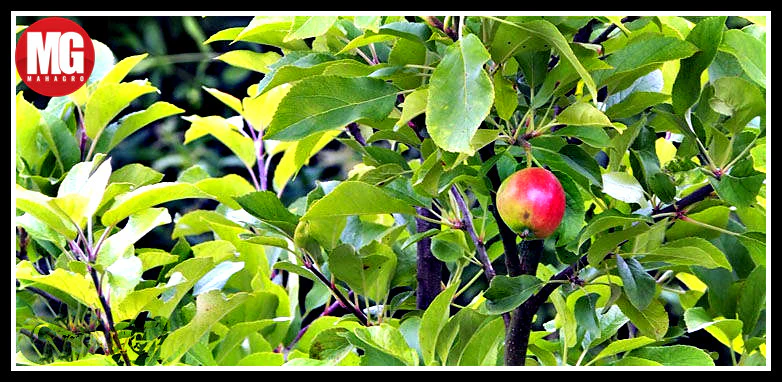If your fruit trees aren’t producing as expected – whether they have no flowers, flowers but no fruit, or tiny, underdeveloped fruit – it’s time to investigate. A little detective work is required to uncover the cause of their lack of productivity. Here are five common reasons why fruit trees fail to thrive and solutions to address them.
1. Pollination Problems
A lack of proper pollination is often the primary culprit when fruit trees fail to produce. Many fruit trees depend on insects, particularly bees, for pollination, but inclement weather such as wind, rain, or cold can deter these essential pollinators. Insects tend to stay sheltered in poor weather, so consider planting a hedge or other windbreak to create a more favorable environment for pollinators.
Additionally, frost during flowering can kill blossoms. To protect your trees from frost damage, cover them with garden fleece or tulle overnight during a forecasted frost, and remove the coverings during the day to allow insects to access the flowers.

Keep in mind that many fruit trees also require a compatible pollination partner nearby. Ensure your tree has a suitable buddy to improve chances of successful pollination. Lastly, avoid using pesticides, as they can harm pollinators.
2. Soil Conditions
Fruit trees generally tolerate a wide range of soil types, but the wrong type of fertilization can cause problems. Quick-release fertilizers can promote weak, overly soft growth at the expense of flowers and fruit. In some cases, this weak growth can attract pests. Instead, consider using homemade compost or well-sourced manure. These organic options release nutrients gradually, improving both soil structure and fertility, and supporting healthy growth.
Mulch is also beneficial in preventing competition from weeds and grass around your tree’s base, allowing it to access the water and nutrients it needs. Spring and autumn are the best times to apply compost or mulch.

3. Pest Attacks
Insect pests, such as winter moths, can cause significant damage to fruit trees by disrupting flower and fruit development. To prevent this, apply grease bands around the trunk in winter to stop the female moths from laying eggs on the branches.
Birds, such as bullfinches, can also damage trees by feeding on developing buds, especially in early spring. If your trees are small enough, cover them with netting supported by stakes, ensuring the net doesn’t touch the foliage. For larger trees, there are other bird deterrent strategies available.

Encouraging a biodiverse garden with a variety of beneficial insects can also naturally reduce pest populations, creating a healthier, more resilient garden ecosystem.
4. Pruning Errors
Pruning, when done correctly, can invigorate an unproductive tree. However, over-pruning can lead to excessive soft growth and fewer fruits. The key is to focus on removing “the 3 Ds”: dead, diseased, and dying wood. Additionally, remove any branches that are crossing or growing inward, which can obstruct airflow and sunlight, essential for fruiting.
Proper pruning ensures the tree grows in an open, airy structure, allowing better light exposure and reducing areas where pests can hide. This encourages stronger growth and more fruitful trees.

5. Biennial Bearing
Some fruit trees are prone to “biennial bearing,” meaning they produce abundant fruit one year and almost none the next. This can happen if the tree expends too much energy on fruit production in one season, leading it to take a rest the following year. To prevent this feast-or-famine cycle, it’s essential to thin the fruit each year. This practice reduces the tree’s workload, ensuring a more consistent and manageable crop.
For young trees, it may simply take a few years for them to mature and begin fruiting. Most fruit trees will take two to four years to produce their first crop under ideal conditions.
Conclusion
Unproductive fruit trees can be frustrating, but by examining these five factors – pollination, soil conditions, pest control, pruning, and biennial bearing – you can pinpoint the issue and take steps to improve fruit production. Diagnosing the problem may require patience and careful observation, but with time and the right adjustments, your trees will be back on track.
